The total value of imports and exports has recorded year-on-year growth for eight consecutive quarters -- foreign trade is expected to maintain steady growth
The total value of imports and exports has recorded year-on-year growth for eight consecutive quarters -- foreign trade is expected to maintain steady growth
According to customs statistics, in the first half of this year, China's import and export value of goods trade was 19.8 trillion yuan, up 9.4% year-on-year. Imports and exports of foreign trade have achieved year-on-year growth for eight consecutive quarters, contributing to the stability of the macroeconomic market.
Li Kuiwen, spokesman of the General Administration of Customs and Director General of the Department of Statistics and Analysis, said at a press conference on July 13 that the COVID-19 epidemic and the international environment are becoming more severe and complex, and China's foreign trade development still faces some unstable and uncertain factors. However, we should also note that the fundamentals of China's economy with strong resilience, full potential and long-term sound direction have not changed. With the implementation of the national package of policies and measures to stabilize the economy and the orderly progress of the resumption of work and production, China's foreign trade is expected to continue to maintain a steady growth.
Measures to aid enterprises have taken effect
A cargo ship carrying more than 80 containers of export goods slowly left the Damaiyu port in Taizhou, Zhejiang Province, and arrived in Haiphong Port in Vietnam four days later. This is the first time that Taizhou-based Damaiyu Port has opened a direct export route from a country under the Regional Comprehensive Economic Partnership Agreement (RCEP).
"Now the new route opens at home, time can save 3-4 days, cost, each standard 20-foot container can save 1,000 yuan." Taizhou Ocean Logistics Co., LTD. General manager He Guohua said.
In order to ensure the opening of the air route, Hangzhou Customs intervened in advance, coordinated with shipping agents, customs declaration agents and port companies to follow up the opening process of the air route in the whole process, and designed personalized customs clearance schemes for direct cargo according to different enterprises, commodities and trade modes.
Data from Hangzhou Customs show that since the RCEP came into effect on January 1 this year, from January to May this year, Hangzhou Customs has issued 16,774 certificates of origin of Regional Comprehensive Economic Partnership Agreement, the value of which is 4.821 billion yuan, helping enterprises under the jurisdiction to realize import and export tax incentives of more than 56 million yuan.
Since the beginning of this year, local governments and government departments have introduced policy measures to ensure stability and improve the quality of foreign trade, and to help enterprises reduce costs.
According to reports, in the first half of this year, the customs across the country introduced a series of measures to consolidate and reduce the overall efficiency of customs clearance, continuously optimize the business environment at ports, and promote the stability of the industrial chain and supply chain.
In order to ensure smooth logistics, the General Administration of Customs has carried out nationwide trials of "direct loading of imported goods alongside ships" and "direct loading of exported goods upon arrival at Hong Kong". On the basis of the pilot projects carried out by the Shanghai and Chongqing customs, the "confirmation of departure" mode has been promoted in the Nanjing, Hangzhou and Ningbo customs.
The General Administration of Customs will ensure customs clearance for white list enterprises in key industrial chains and supply chains. We will promote the facilitation of food imports and diversify the sources of food imports, and complete the signing of protocols on quarantine requirements for exports of Myanmar corn and Malawi soybeans to China. We will promote the export of high-quality agricultural products from RCEP member countries to China. We will help import iron ore, cotton and other commodities to ensure domestic supply.
Since the beginning of this year, the Yangtze River Delta, the Pearl River Delta, Northeast China and other places have seen local epidemics, and the import and export of relevant regions have declined for a time, Li said. Since May, with the effective coordination of epidemic prevention and control and economic and social development, the effect of various policies to stabilize growth has gradually shown, and the resumption of work and production of foreign trade enterprises has been carried out in an orderly manner. The monthly growth rate of foreign trade and import in the above regions has turned from negative to positive. In May, imports and exports in the Yangtze River Delta, Pearl River Delta and Northeast China increased by 4.8 percent, 2.8 percent and 12.2 percent year-on-year, respectively. The growth rate in June picked up further to 14.9 percent, 6.4 percent and 12.8 percent. While demonstrating the strong resilience of local foreign trade development, it also effectively maintained the basic plate of stable growth of national foreign trade.
Our export vehicles are being shipped
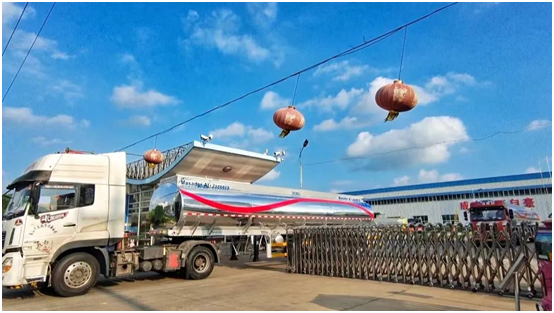
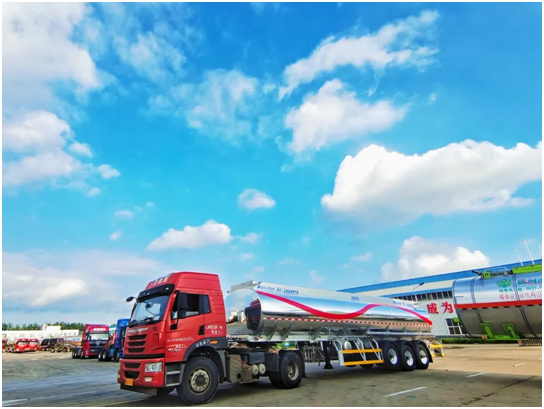
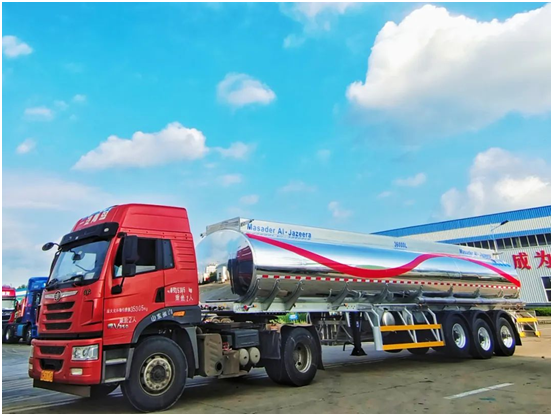
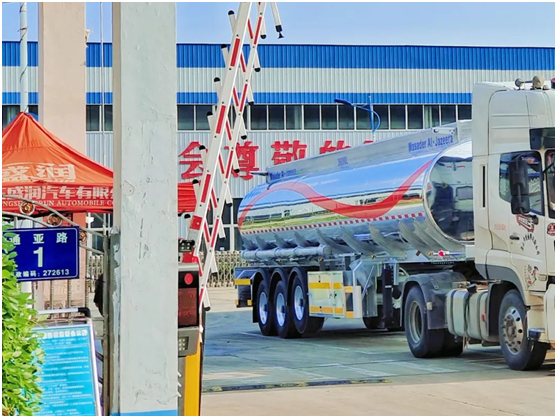
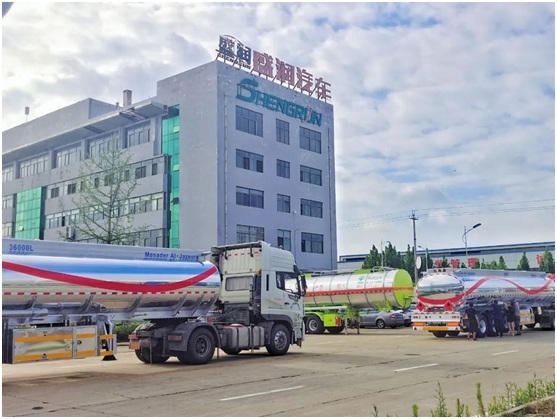
China's imports and exports to major trading partners maintained growth in the first half of the year, customs data showed. Of this total, China's import and export to ASEAN, EU and US reached 2.95 trillion yuan, 2.71 trillion yuan and 2.47 trillion yuan respectively, up by 10.6 percent, 7.5 percent and 11.7 percent, respectively. During the same period, China's imports and exports to countries along the Belt and Road and RCEP trading partners increased by 17.8 percent and 5.6 percent, respectively.
China is the BRICS chair in 2022. Since the BRICS Summit in 2009, trade between China and other BRICS countries has become increasingly close. The value of China's imports and exports has increased from 960.21 billion yuan in 2009 to 3.17 trillion yuan in 2021, with an average annual growth rate of 10.5 percent.
China Customs encourages BRICS Customs to share practical experience on "intelligent" infrastructure, regulatory and administrative means, gradually carry out cross-border collaborative governance between border management departments, promote intelligent interconnection and standard docking between customs and all parties in the supply chain, and promote the connectivity of industrial and supply chains.
Statistics show that in the first half of this year, China's total import and export to other BRICS countries reached 1.64 trillion yuan, up 14.1% year on year and 4.7 percentage points higher than the overall growth rate of China's foreign trade. Among them, the export was 817.18 billion yuan, up by 20.6 percent; Imports reached 825.82 billion yuan, up 8.3%.





